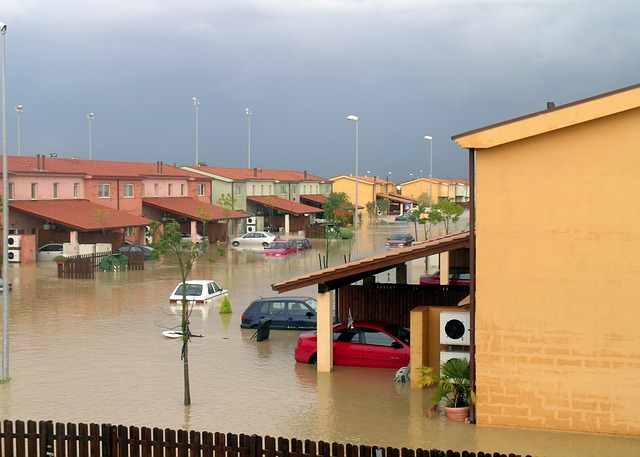Everything That You Need to Know about Flood Insurance
While most homeowners have home insurance, there is one protection that they fail to take into account – flood insurance. Homeowners insurance does not clover flooding, and as we have seen in recent years, even areas that didn’t get flooded in the past are now experiencing floods every year. Damage from flooding in Louisiana can be very expensive – just as expensive as fire damage, and because it isn’t covered under homeowners insurance the only way you can protect yourself against it is to buy flood insurance. The kicker is that flood insurance can be very cost effective.
Understanding Flood Insurance
Like with any other kind of insurance, you need to know the basics before you commit to a policy. The first thing you ought to know is that flood insurance is heavily subsidized by the US federal government through the NFIP which means that it is affordable. The insurance itself is priced according to zones. If, for example, you are in a C or X flood zone your insurance premiums will be cheaper than in you are in other zones. Here are other tips you should take into account before you buy flood insurance:
• Flood insurance is sold in two separate policies, one which covers the contents of the home and another which covers the structure itself. The government can only reimburse you up to $250,000 for contents, but you can insure for up to $100,000. In most places after you buy a policy it takes 30 days for it to come into effect. People who live in areas at risk of flooding are required by the government to buy a policy.
• Decide whether it is necessary to buy private coverage. Because the government provides relatively cheap flood insurance if you are not in an area that is not prone to flooding you may decide to choose this option, but keep in mind that the reimbursement is limited. This means that is there is damage above what the government will reimburse you will have to pay for it out of pocket. You can, however, invest in a private policy that provides more comprehensive coverage – in the event of flooding you will be fully reimbursed.
• Find out of the NFP can give you a preferred rate. The average annual rate is $650 a year, but there are many factors that can bring this down – the elevation of the location of your property, the risk of flooding, other insurance that you have, what items are covered and how much you are willing to pay for deductibles. The best thing to do is talk to an insurance agent about whether there are factors that can bring down your premiums.
• Know what is covered. Just because you buy flood insurance doesn’t mean that everything in your hone is covered in the event of flooding. Your garage, for example, is covered only up to 10%, but your heating, plumbing, electronics, carpeting blinds are all covered under structure flood insurance.
Contents flood insurance covers clothing, furniture and your electronic equipment but valuable items are covered only to a certain limit. Your policy will not cover mold or mildew that you could have prevented or sewer and drain backup. It will also not cover patios, decks and swimming pools. The NFP and most private flood insurance policies also don’t cover basements, the place at most risk of flooding. Before you buy a policy make sure that you are clear as to what it covers.
Flood Insurance Basics
What should you do in case you get flooded?
If you already have flood insurance and you get flooded you should file a claim. Make sure that you have your policy’s details at hand at all times so that you don’t waste any time filing a claim – the longer you take the harder it will be for the insurance company to pay.
Start by documenting as well as possible all the damaged items. Take photos of everything that is soaked so that you can show proof to the insurance company. Next, make a list of all these items, including when they were bough and how much they cost. If you get receipts attach them to this list. Next, call your insurance company to file your claim. They will give you an appointment when you can hand them all the information that you have gathered.
Keep in mind that the insurance company will not pay for mold that you could have prevented, so make sure that you dry out your home as thoroughly as possible. Don’t try to do it yourself – if you do it wrong mold will develop. Call in a water damage repair company as they have the experience and equipment to completely dry out your home. Whatever they charge you will be compensated through your claim. If the walls are damaged from the flooding, as they often are, take photographs for your insurance company. Have your furnace checked for damage too – your policy covers it.
One frequently asked question is how to choose a flood insurance company – there are many, and if you are not careful you may end up choosing the wrong one. The best insurance companies are not about sales pitches – if you meet an agent who is pushing you to buy a policy it is best to walk away. You should be looking for a company that is all about providing information.
Do not buy flood insurance online because you don’t really know whether the company exists or not. Before you buy a policy make sure to visit their offices and asses what kind of set up they have. Find out how much litigation they have been involved in – bad insurance companies have a lot of lawsuits brought against them for unpaid claims. This information is free in the courts, but you can also find it online.
